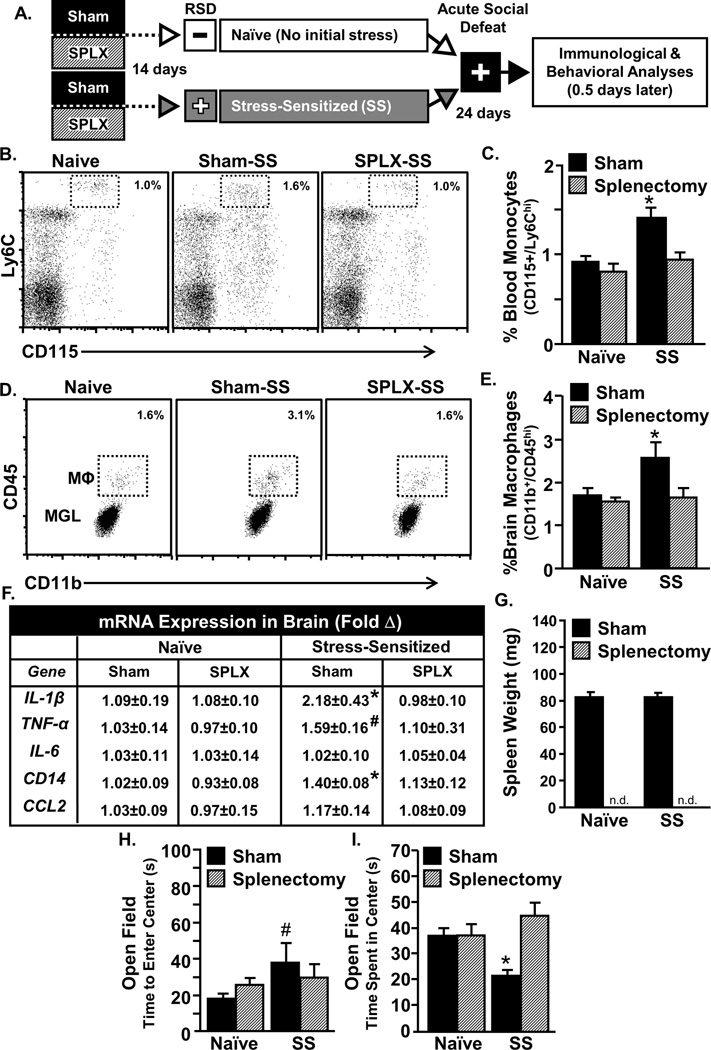Figure 2. Splenectomy prior to stress-sensitization prevented re-establishment of monocyte trafficking and anxiety-like behavior following subsequent exposure to acute stress.
A) Male C57BL/6 mice were subjected to sham or splenectomy (SPLX) surgery and were allowed to recover for 14 days. Mice were then stress-sensitized (SS) by 6 repeated cycles of social defeat or left undisturbed as controls (Naïve). Twenty four days later, mice were subjected to acute social defeat, anxiety-like behavior and biochemical analyses were completed 14h later. B) Representative flow Bi-variate dot plots of CD115 and Ly6C labeling of blood cells. C) The percentage of Ly6Chi monocytes was determined in blood. Monocytes in circulation were increased by acute stress in SS mice (F1,25=11.9, p<0.05) and this effect was blocked by splenectomy (tendency for interaction, F1,25=3.3, p<0.1). D) Representative flow Bi-variate dot plots of CD11b and CD45 labeling on enriched brain macrophages (MΦ) and microglia (MGL). E) The percentage of brain macrophages was determined and they were increased by acute stress (F1,25=2.9, p<0.1) and this effect was blocked by splenectomy (tendency for interaction, F1,25=3.52, p<0.1). F) Several inflammatory mediators were determined in a coronal brain section and acute social defeat increased mRNA expression of IL-1b (F1,18=2.4, p<0.1), TNFa (F1,18=2.83, p<0.1) and CD14 (F1,18=7.92, p<0.05) in Sham mice but not SPLX mice. G) Spleen weight is shown. Stress-sensitized Sham mice exhibited anxiety-like behavior in the open field with increased time to enter the center (H; tendency for main effect of sensitization, F1,25=3.2, p<0.1) and reduced time spent in the center (I; interaction effect, F1,25=6.5, p<0.05). Bars represent the mean ± SEM. Means with asterisk (*) are significantly different from CON (p<0.05) and means with (#) tended to be different from CON (p<0.1), according to F-protected post hoc analysis.

